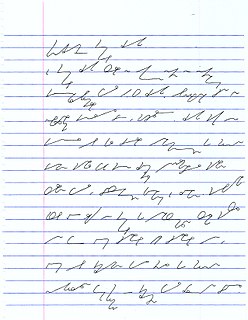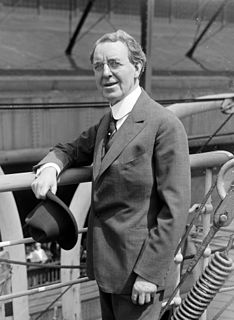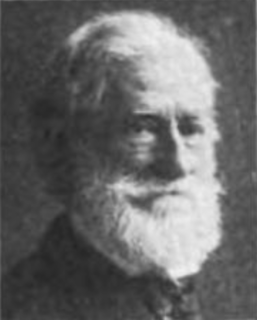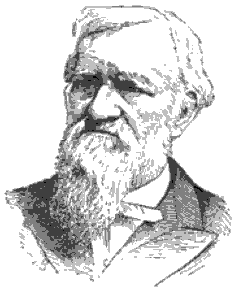Related Research Articles
An abjad is a writing system in which only consonants are represented, leaving vowel sounds to be inferred by the reader. This contrasts with true alphabets, which provide glyphs for both consonants and vowels. The term was introduced in 1990 by Peter T. Daniels. Other terms for the same concept include: partial phonemic script, segmentally linear defective phonographic script, consonantary, consonant writing, and consonantal alphabet.

An abugida, sometimes known as alphasyllabary, neosyllabary or pseudo-alphabet, is a segmental writing system in which consonant-vowel sequences are written as units; each unit is based on a consonant letter, and vowel notation is secondary. This contrasts with a full alphabet, in which vowels have status equal to consonants, and with an abjad, in which vowel marking is absent, partial, or optional. The terms also contrast them with a syllabary, in which the symbols cannot be split into separate consonants and vowels.

Shorthand is an abbreviated symbolic writing method that increases speed and brevity of writing as compared to longhand, a more common method of writing a language. The process of writing in shorthand is called stenography, from the Greek stenos (narrow) and graphein. It has also been called brachygraphy, from Greek brachys (short), and tachygraphy, from Greek tachys, depending on whether compression or speed of writing is the goal.
Phonography, meaning "sound writing" in Greek, may refer to:

Sir Isaac Pitman was a teacher of the English language who developed the most widely used system of shorthand, known now as Pitman shorthand. He first proposed this in Stenographic Soundhand in 1837. He was also the vice-president of the Vegetarian Society. Pitman was knighted by Queen Victoria in 1894.
Pitman shorthand is a system of shorthand for the English language developed by Englishman Sir Isaac Pitman (1813–1897), who first presented it in 1837. Like most systems of shorthand, it is a phonetic system; the symbols do not represent letters, but rather sounds, and words are, for the most part, written as they are spoken.
Gabelsberger shorthand, named for its creator, is a form of shorthand previously common in Germany and Austria. Created c. 1817 by Franz Xaver Gabelsberger, it was first fully described in the 1834 textbook Anleitung zur deutschen Redezeichenkunst oder Stenographie and became rapidly used.
Gregg shorthand is a form of shorthand that was invented by John Robert Gregg in 1888. Like cursive longhand, it is completely based on elliptical figures and lines that bisect them. Gregg shorthand is the most popular form of pen stenography in the United States; its Spanish adaptation is fairly popular in Latin America. With the invention of dictation machines, shorthand machines, and the practice of executives writing their own letters on their personal computers, the use of shorthand has gradually declined in the business and reporting world. However, Gregg shorthand is still in use today.
Thomas Natural Shorthand is an English shorthand system created by Charles A. Thomas which was first published in 1935. Thomas described his system as "designed to meet the existing need for a simple, legible shorthand that is based on already familiar writing lines, and that is written with a minimum number of rules." The system has fallen into disuse with the decline of pen shorthand in the later 20th century, but the spirit of the system lives on in Teeline shorthand, with which it shares a number of characteristics.

Eclectic shorthand is an English shorthand system of the 19th century. Although it has fallen into disuse, it is nonetheless noteworthy as one of the most compact systems of writing ever devised.

John Robert Gregg was an Irish educator, publisher, humanitarian, and the inventor of the eponymous shorthand system Gregg Shorthand.
The Stenographers' Guild, founded in 1937, is a non-profit organization providing vocational education and training in the area of Secretarial skills, Information Technology and Shorthand. It is located in T. Nagar, Chennai in the Indian state of Tamil Nadu.

Benjamin Pitman, also known as Benn Pitman, was an English-born author and popularizer in the United States of Pitman shorthand, a form of what was then called phonography (shorthand). He was also active in the arts and crafts movement in the United States.

Marie Bethell Beauclerc was a pioneer in the teaching of Pitman's shorthand and typing in Birmingham, England. In 1888 she was the first woman to be appointed as a teacher in an English boys' public school, at Rugby School. The Phonetic Journal, September 1891 and the journal, Birmingham Faces And Places, September 1892, both credit her with being the first female reporter in England.

Oliver Dyer was an American journalist, author, teacher, lawyer and stenographer. A pioneer in phonography, he developed his own shorthand system which was the first to be adopted for use in the United States. It was used not only for courtroom testimony but also for recording political events such as the Free Soil Convention in Buffalo, New York, and sessions of the 30th United States Congress in Washington, D.C., in 1848. It was in the latter role that he became the first Congressional shorthand reporter.

The Duployan shorthand, or Duployan stenography, was created by Father Émile Duployé in 1860 for writing French. Since then, it has been expanded and adapted for writing English, German, Spanish, Romanian, Latin, Danish, and Chinook Jargon. The Duployan stenography is classified as a geometric, alphabetic stenography and is written left-to-right in connected stenographic style. The Duployan shorthands, including Chinook writing, Pernin's Universal Phonography, Perrault's English Shorthand, the Sloan-Duployan Modern Shorthand, and Romanian stenography, were included as a single script in version 7.0 of the Unicode Standard / ISO 10646
James Eugene Munson was a United States court stenographer and inventor, noted mostly for his consolidation of his own work, and that of others, into the Munson Shorthand system.

Eliza Boardman Burnz was a nineteenth century American shorthand inventor and promoter. Her simplified alphabet, arranged in the basis of Isaac Pitman's Phonography, was the subject of Mark Twain's essay A Simplified Alphabet.

Jane Bragg Pitman was an English-born reporter known for her shorthand in the United States. She was also active in the arts and crafts movement in the United States for her wood engravings.
References
- Munson, James Eugene (1867), A new and simplified classification and arrangement of the consonant-signs of phonography, with a new and comprehensive rule for vocalization, affording increased facility in learning the art, New York, cop, OCLC 45029709
- Munson, James Eugene (1880), Munson’s system of phonography. The phrase-book of practical phonography, containing a list of useful phrases, printed in phonographic outlines; a complete and thorough treatise on the art of phraseography ... etc, New York, J.E. Munson, OCLC 51625624
- Munson, James Eugene (1897), Art of phonography, New York, Munson Phonographic Pub. Co, OCLC 38315423